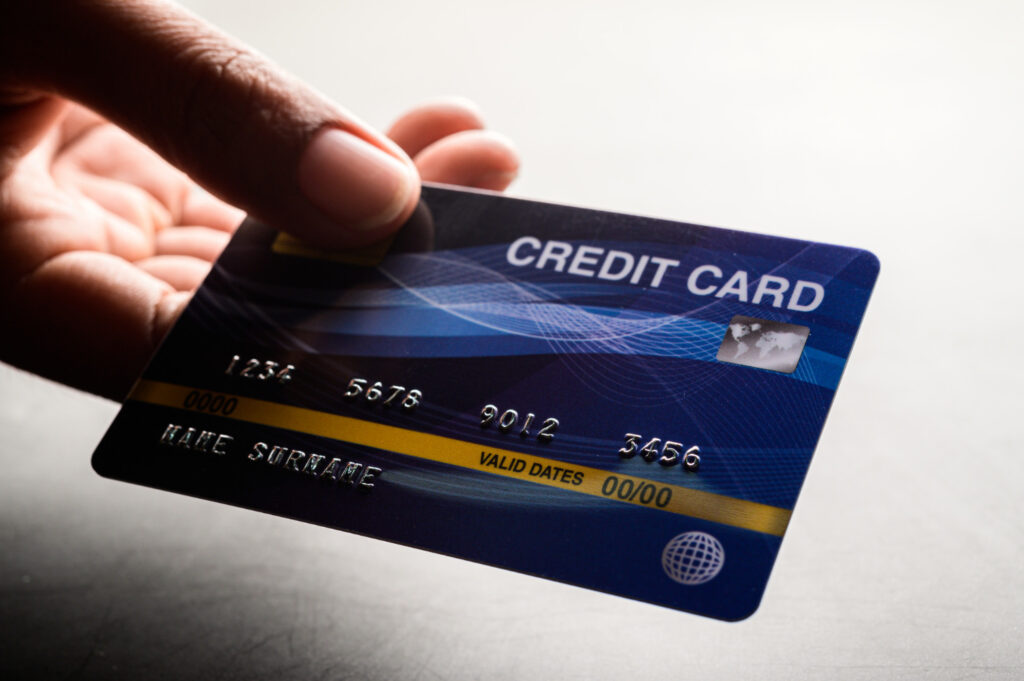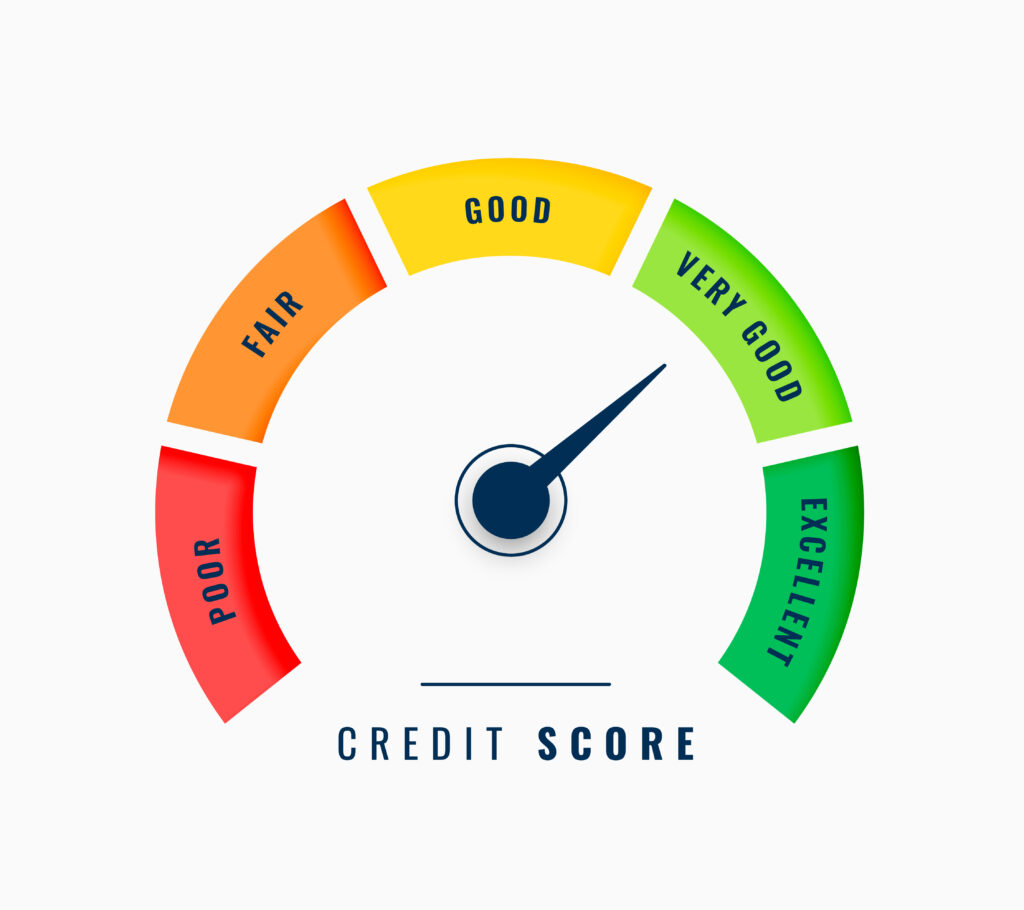How To Improve Your Credit Score: 10 Fast Tips That Actually Work

Let’s talk about something that keeps a lot of people up at night: their credit score. You know that three-digit number that seems to follow you everywhere? Yeah, that one.
Whether you’re trying to buy a car, rent an apartment, or just get a decent interest rate on a credit card, your credit score is basically your financial report card.
Here’s the thing, though. I’ve seen too many people stress about their credit without actually understanding how to fix it. And honestly? It’s not as complicated as the financial industry makes it seem. Sure, it takes some time and discipline, but you can absolutely turn things around.
I’m going to walk you through everything you need to know about building better credit. No confusing jargon, no boring lectures. Just practical advice that works. Ready? Let’s get into it.
What Is A Good Credit Score?
Before we talk about improving your score, you need to know what you’re aiming for, right?
A good credit score basically tells lenders, “Hey, this person pays their bills on time and doesn’t go crazy with debt.” It’s your financial reputation in number form. Most experts agree that a score of 720 or higher puts you in the “very good” category.
But here’s what those numbers actually mean:
- 300-579: Poor (you’ll struggle to get approved for anything)
- 580-669: Fair (you might get approved, but expect high interest rates)
- 670-739: Good (decent rates and approval odds)
- 740-799: Very Good (now we’re talking!)
- 800-850: Exceptional (you’re basically a financial rockstar)
The cool part? You don’t need a perfect 850 to get great rates and opportunities. Anything above 720 opens most doors for you.
How Long Does It Take To Improve Your Credit Score?
Okay, I’m going to be straight with you. This isn’t an overnight thing.
If you’re expecting to jump 100 points in a week, I’ve got some bad news. But here’s the good news: you can start seeing improvements within 30 to 90 days if you’re doing the right things consistently.
Think of it like going to the gym. You won’t get six-pack abs after one workout, but stick with it for a few months and you’ll definitely notice changes. The same logic applies to your credit score.
For serious improvements (like going from fair to excellent), you’re looking at anywhere from 12 to 24 months of consistent good behavior. Yeah, it takes patience. But trust me, it’s worth it when you’re saving thousands on interest rates down the road.
4 Benefits Of Having A Good Credit Score
You might be wondering, “Why should I even care about this number?” Fair question. Let me break down why this actually matters in real life.
1. Having A Good Credit Score Helps You Get Better Rates On Car Insurance
This one surprises a lot of people. Your credit score doesn’t just affect loans. Insurance companies actually look at your credit to decide how much to charge you.
I know, it seems weird. What does paying your credit card bill have to do with car accidents? But insurance companies have found a correlation between credit responsibility and claim frequency. Whether that’s fair or not is debatable, but it’s reality.
The Consumer Financial Protection Bureau has confirmed that most insurance carriers use credit-based insurance scores to determine both eligibility and pricing. So yeah, a better credit score can literally save you hundreds per year on car insurance alone.
2. Having A Good Credit Score Helps You Qualify For Lower Interest On Credit
This is where the real money gets saved (or wasted, depending on your score).
When I applied for my first credit card years ago, they checked my credit history before approving me. Luckily, I had been pretty careful with my finances up to that point. The result? I got approved quickly with a lower Annual Percentage Rate (APR).
For those who don’t know, APR is basically the interest you pay for borrowing money. The lower your APR, the less you pay over time. And guess what determines your APR? Yep, your credit score.
Let’s put this in perspective. On a $20,000 car loan, the difference between a 4% interest rate (good credit) and an 8% rate (poor credit) could cost you over $2,000 extra over five years. That’s real money you could be spending on literally anything else.
3. Having A Good Credit Score Helps You Get Utility Services More Easily
Ever tried to set up electricity or internet at a new place? If you have good credit, it’s usually pretty smooth. If you don’t? Get ready for security deposits and extra hoops to jump through.
According to the Federal Trade Commission, utility companies often check your credit history before setting up service. They want to know if you’re likely to pay your bills on time. Makes sense from their perspective, right?
With good credit, many utility companies will waive security deposits entirely. They trust that you’ll pay your bills because your history shows you always do. It’s one less hassle when you’re moving or setting up a new place.
4. Having A Good Credit Score Helps You Get More Housing Options
This is huge, especially if you live in a competitive rental market.
Landlords are picky. They want tenants who pay rent on time, every time. And how do they predict if you’ll be a good tenant? You guessed it: they check your credit score.
I’ve seen friends with poor credit get rejected from apartments they could easily afford, simply because their credit history raised red flags. Meanwhile, people with good credit scores have landlords practically rolling out the red carpet.
Better credit means more options, better negotiating power, and sometimes even lower security deposits. When you’re apartment hunting, that flexibility is invaluable.
10 Quick Ways To Improve Your Credit Score
Alright, enough background. Let’s get to the practical stuff. Here are ten strategies that actually work for building better credit.
1. Pay Your Bills On Time

I know, I know. This sounds obvious. But hear me out, because this is THE most important factor in your credit score.
Your payment history makes up 35% of your FICO score. That’s more than any other single factor. So if you’re late on payments, you’re basically shooting yourself in the foot financially.
The solution? Set up reminders. Use your phone calendar, set alarms, or better yet, automate your payments. I personally use a money management app that sends me notifications a few days before each bill is due. It’s saved me from late payments more times than I can count.
Even one missed payment can drop your score by 100 points or more. Is that worth forgetting to pay a bill? Definitely not.
2. Pay More Than The Minimum
Paying the minimum on your credit cards keeps you out of trouble, sure. But it doesn’t do much to actually improve your situation.
If you can afford it, pay more than the minimum. Even an extra $20 or $50 per month makes a difference over time. You’ll reduce your debt faster AND improve your credit utilization ratio (more on that later).
Here’s my strategy: I focus on paying extra on one card at a time while maintaining minimums on the others. It’s called the avalanche method if you want to get technical about it. But basically, you knock out one balance aggressively, then move to the next.
This approach keeps you from feeling overwhelmed while still making real progress. And trust me, watching those balances drop feels amazing.
3. Check For Incorrect Information On Your Credit Report
Here’s something that might surprise you: credit reports have errors. Like, a lot of them.
Studies have shown that one in five people have errors on their credit reports. That could be you! And these errors could be dragging down your score for no good reason.
Get a copy of your credit report from all three major bureaus (Equifax, Experian, and TransUnion). You can do this for free once a year at AnnualCreditReport.com. Go through everything with a fine-tooth comb.
Look for accounts that aren’t yours, payments marked late that you actually paid on time, or old debts that should have fallen off by now. If you find errors, dispute them immediately. It’s your right, and it could boost your score significantly.
FYI, the median credit score in the US is around 711. If you’re below that and wondering why, errors on your report might be part of the problem.
4. Work On Your Debt-To-Income Ratio

Your debt-to-income ratio (DTI) is exactly what it sounds like: how much debt you have compared to how much income you bring in.
Lenders love this number because it tells them if you can realistically afford to take on more debt. If your monthly debt payments eat up 50% of your income, that’s a red flag. Ideally, you want to keep your DTI below 36%.
Here’s how to calculate it: Add up all your monthly debt payments (credit cards, car loans, student loans, mortgage, etc.). Divide that by your gross monthly income. Multiply by 100 to get a percentage.
If your DTI is high, you’ve got two options: increase your income or decrease your debt. Sometimes you need to do both. But getting this ratio under control is crucial for both your credit score and your overall financial health.
5. Have A Balanced Mix Of Debt
This might sound counterintuitive, but having different types of debt can actually help your credit score.
Credit scoring models like to see that you can handle various types of credit responsibly. This includes revolving credit (like credit cards) and installment loans (like car loans, mortgages, or student loans).
According to FICO, people with a diverse credit mix tend to have higher scores than those who only have one type. It shows you’re experienced at managing different financial obligations.
Now, don’t go out and take on debt you don’t need just to improve your mix. That’s stupid. But if you’re already planning to finance a car or take out a student loan, know that it can actually benefit your credit profile in the long run (as long as you pay on time, of course).
6. Don’t Throw Your Credit Cards Away
I get it. You finally pay off a credit card and you want to close that account and never look back. Feels good, right?
But hold up. Closing old credit card accounts can actually hurt your score. Here’s why: it shortens your credit history and reduces your available credit, which messes with your utilization ratio.
The length of your credit history accounts for 15% of your score. Lenders like to see a long track record of responsible credit use. When you close your oldest accounts, you’re essentially erasing that history.
My advice? Keep those old cards open, even if you’re not using them. Maybe use them once every few months for a small purchase, then pay it off immediately. This keeps the account active without racking up debt.
7. Don’t Apply For Lots Of New Credit

Every time you apply for credit, the lender does what’s called a “hard inquiry” on your credit report. Too many of these in a short time period makes you look desperate for credit, which is a major red flag to lenders.
Each hard inquiry can drop your score by a few points. That might not sound like much, but if you’re applying for multiple credit cards, a car loan, and a mortgage all in the same month? Yeah, that adds up quickly.
Here’s the difference between hard and soft inquiries:
- Hard inquiries: Credit cards, mortgages, auto loans, personal loans, student loans (these affect your score)
- Soft inquiries: Checking your own credit, prequalification offers, employment background checks (these don’t affect your score)
Be strategic about when and why you apply for new credit. Space out applications by at least six months if possible.
8. Become An Authorized User
This is one of my favorite credit-building hacks, especially for people just starting out or trying to rebuild.
Here’s how it works: someone with good credit (like a parent, spouse, or trusted friend) adds you as an authorized user on their credit card. Their positive payment history gets reported on your credit report too. Boom, instant credit boost.
I’ve seen people increase their scores by 50+ points using this method. It’s particularly useful if you have limited credit history or you’re recovering from past mistakes.
But here’s the catch: you need to make absolutely sure the primary account holder is responsible. If they start missing payments or maxing out the card, that negative activity will show up on your report too. Choose wisely.
9. Use A Credit Boost Service
Credit boost services like Experian Boost are relatively new, but they can make a real difference.
These services report your regular bill payments (like utilities, phone bills, and streaming services) to the credit bureaus. Normally, these payments don’t show up on your credit report. But with a boost service, they do.
If you’ve been paying Netflix, your electric bill, and your phone bill on time every month, why not get credit for it? (Pun intended.)
Experian Boost is free to use and can increase your score pretty quickly. It’s not a magic solution, but it’s an easy win that takes like 10 minutes to set up.
10. Get A Credit Builder Loan
Credit builder loans are specifically designed to help people build or rebuild credit. They work a bit differently than regular loans.
With a credit builder loan, you make monthly payments into a savings account or certificate of deposit for a set period (usually 12-24 months). The bank reports these payments to the credit bureaus. Once you’ve completed all the payments, you get the money back (minus interest and fees).
It’s basically forced savings that also builds your credit. Pretty smart, right?
The downside is you need to have enough cash flow to make these payments without touching the money. If you’re living paycheck to paycheck, this might not be the best option. But if you have some financial breathing room, it’s worth considering.
4 Tips To Keep Your Credit Score Healthy

Building good credit is one thing. Maintaining it is another. Here are some strategies to keep your score strong over time.
1. Reduce Your Credit Utilization Ratio
Your credit utilization ratio is the percentage of your available credit that you’re actually using. It’s one of the most important factors in your credit score.
Here’s the math: if you have a $10,000 credit limit and you’re carrying a $3,000 balance, your utilization is 30%. Most experts recommend keeping this below 30%, but honestly? The lower, the better.
I try to keep mine under 10%. That means if I have $10,000 in available credit, I’m using less than $1,000 at any given time. This shows lenders that I’m not dependent on credit to get by.
The easiest way to lower your utilization? Pay down your balances. Or, if you’re disciplined enough, request a credit limit increase (more on that next).
2. Request Credit Limit Increase
Increasing your credit limit can instantly improve your utilization ratio, as long as you don’t increase your spending too.
Let’s say you have a $5,000 limit and a $1,500 balance (30% utilization). If your limit increases to $10,000 and you keep that same $1,500 balance, your utilization drops to 15%. Your score goes up without you paying a single extra dollar.
The key here is discipline. You can’t treat a higher limit as permission to spend more. That defeats the entire purpose and will actually make things worse.
Most credit card companies will consider a limit increase if you’ve been a customer for at least six months and have a good payment history. Sometimes you can request it online in just a few minutes.
3. Pay Off Cards With The Highest Balances First
If you’re carrying balances on multiple cards, prioritize paying down the ones with the highest balances first.
Why? Because high balances have the biggest impact on your overall credit utilization. Knocking down your largest balance will improve your ratio more dramatically than spreading small payments across multiple cards.
This is slightly different from the “avalanche method” I mentioned earlier (which focuses on highest interest rates). But both strategies work. Choose the one that makes the most sense for your situation.
IMO, seeing that big balance shrink provides great motivation to keep going. And motivation matters when you’re trying to stick with a long-term financial plan.
4. Have Different Credit Accounts
We touched on this earlier, but it’s worth repeating: having a variety of credit types helps your score.
This doesn’t mean you should go into debt just for the sake of diversity. But if you’re going to borrow money anyway, understand that having both revolving credit (credit cards) and installment loans (car loans, mortgages, personal loans) benefits your credit profile.
When I bought my first car, I was actually excited about the auto loan (weird, I know). But I understood that successfully paying it off would strengthen my credit history and make it easier to qualify for a mortgage later.
Each type of credit you manage responsibly adds another layer of proof that you’re financially reliable. And that’s exactly what lenders want to see.
Final Thoughts
Look, millions of Americans are dealing with debt and credit issues. You’re definitely not alone in this.
The difference between people who thrive financially and those who struggle often comes down to understanding how credit works and taking consistent action to improve it. It’s not rocket science, but it does require patience and discipline.
Here’s the bottom line: pay your bills on time, keep your balances low, check your credit reports for errors, and be strategic about when you apply for new credit. Do these things consistently, and your score will improve. It’s really that simple (though not always easy).
You never know when you’ll need to take out a loan for a house, a car, or an emergency. Building good credit now means you’ll have options and better rates when that time comes. Future you will be seriously grateful for the work you put in today.
So what are you waiting for? Pick one or two strategies from this list and start today. Check your credit report. Set up payment reminders. Pay down a high-balance card. Whatever makes sense for your situation, just start somewhere.
Your credit score isn’t set in stone. It’s a reflection of your financial habits, and habits can change. You’ve got this! 🙂








